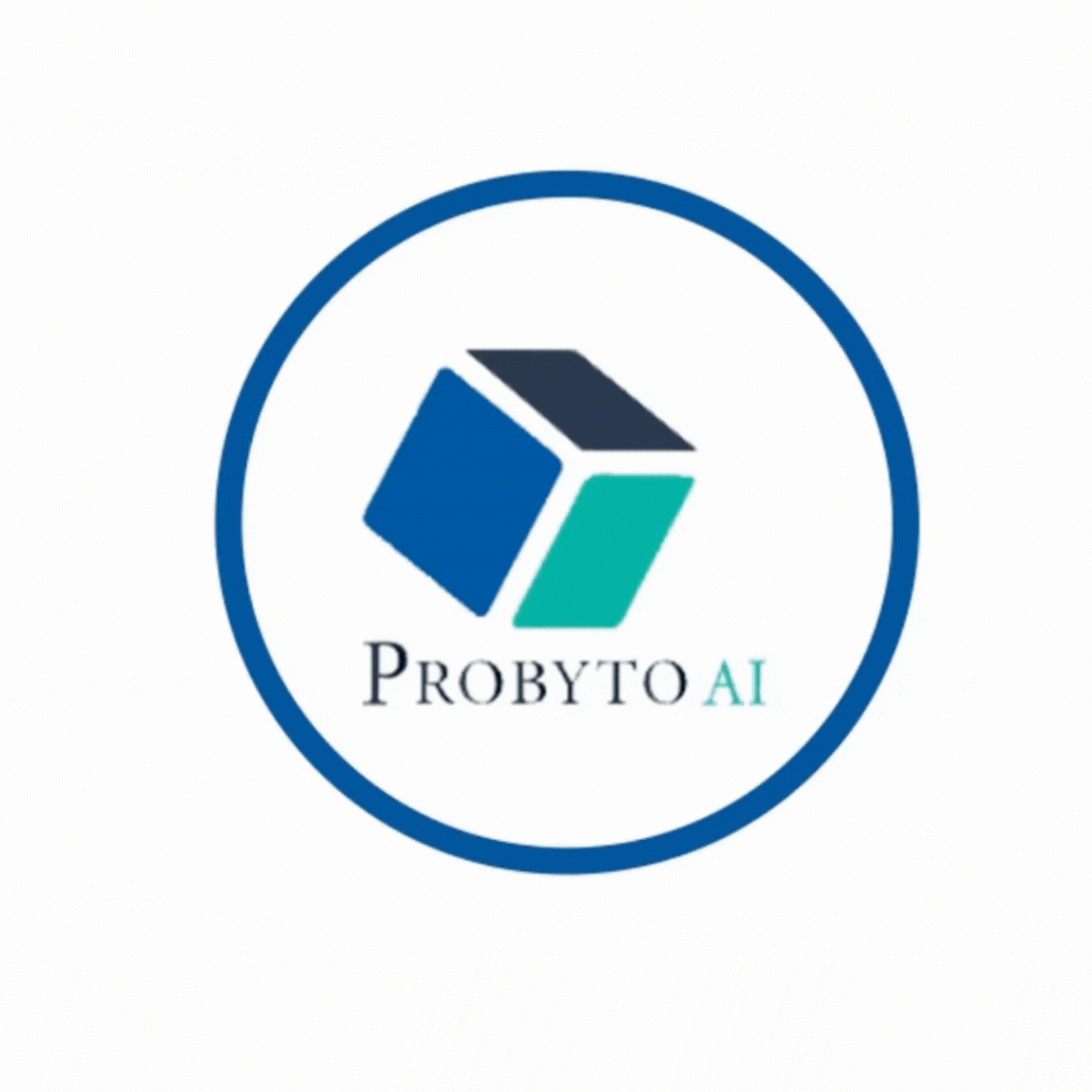Fraud remains an ever-present threat for nearly every business owner. Whether in the form of return fraud, identity theft, or payment fraud, retailers face significant financial losses and reputational damage. With vast amounts of data generated daily from point-of-sale systems, e-commerce platforms, and customer interactions; data science has emerged as a game-changer in detecting and preventing fraud for businesses of all sizes. Below, we explore the evolving threats, how data science empowers retailers to combat fraud proactively, and key challenges in implementation.
1. The Evolution of Retail Fraud
Retail fraud is multifaceted, ranging from simple scams (e.g., fake returns) to sophisticated cyberattacks involving stolen payment details. According to the National Retail Federation (NRF), U.S. retailers lost over $100 billion to fraud in 2023 alone. The challenge intensifies as modern retail blends online and in-store operations, creating new vulnerabilities. Common fraud types include:
- Return fraud (e.g., “wardrobing” or counterfeit receipts)
- Payment fraud (stolen credit cards, chargeback abuse)
- Loyalty fraud (hacked reward accounts)
- Inventory fraud (theft, falsified stock records)
- Insider threats (employee collusion or data misuse)
2. How Data Science Combats Fraud
Data science leverages machine learning (ML), statistical modelling, and AI to analyse patterns in large datasets and flag suspicious behaviour. Key techniques include:
a. Anomaly Detection
ML models learn “normal” customer behaviour from historical data. Transactions deviating from these patterns like unusually large purchases, rapid-fire orders, or mismatched delivery addresses are flagged.
Example: A customer who typically spends $100/month suddenly places a $500 order for next-day delivery to a new location. An AI-powered system instantly alerts fraud analysts.
b. Predictive Modelling
Models like logistic regression, decision trees, and gradient boosting predict fraud probability by learning from historical cases. These systems improve over time by incorporating new data, enabling retailers to prioritize high-risk transactions for manual review.
c. Natural Language Processing
Natural Language Processing (NLP) analyses unstructured data (e.g., customer service chats, reviews, social media) to detect fraud signals. For example, a spike in complaints about unauthorized transactions could indicate a data breach.
d. Business Entities Network Analysis
Fraud rings often involve collusion between employees, customers, or third parties. Network analysis uncovers suspicious links like recurring returns processed by the same employee for specific customers to expose organized schemes.
3. Implementation Challenges
While data science offers immense potential, deployment comes with hurdles. Some of these are highlighted below:
a. Data Quality
Siloed data from POS systems, e-commerce, and mobile apps must be unified and cleaned.
b. False Positives
Overly aggressive models may block legitimate transactions, alienating customers.
c. Privacy Compliance
GDPR, CCPA, and other regulations require balancing fraud detection with consumer privacy.
d. Real-Time Demands
Fraud evolves quickly; models need continuous updates to stay effective.
4. The Future of Fraud Prevention
The fight against fraud is becoming autonomous and AI-driven. It can be identified through:
a. Real-time monitoring
Instant alerts during transactions.
b. Biometric verification
Facial recognition or fingerprint scans for high-risk actions.
c. Blockchain
Immutable transaction records to validate authenticity.
5. Conclusion
Fraud detection is no longer a back-office task—it’s a critical frontline defence for retailers. By integrating advanced analytics, businesses can safeguard revenue, build customer trust, and streamline operations. Success requires:
✅ Robust data governance
✅ Regular model updates
✅ Transparent communication with customers
Let’s discuss: How is your organization leveraging data science to combat fraud? Share your insights below! 👇
#DataScience #RetailTech #FraudDetection #AI #MachineLearning #RetailInnovation


